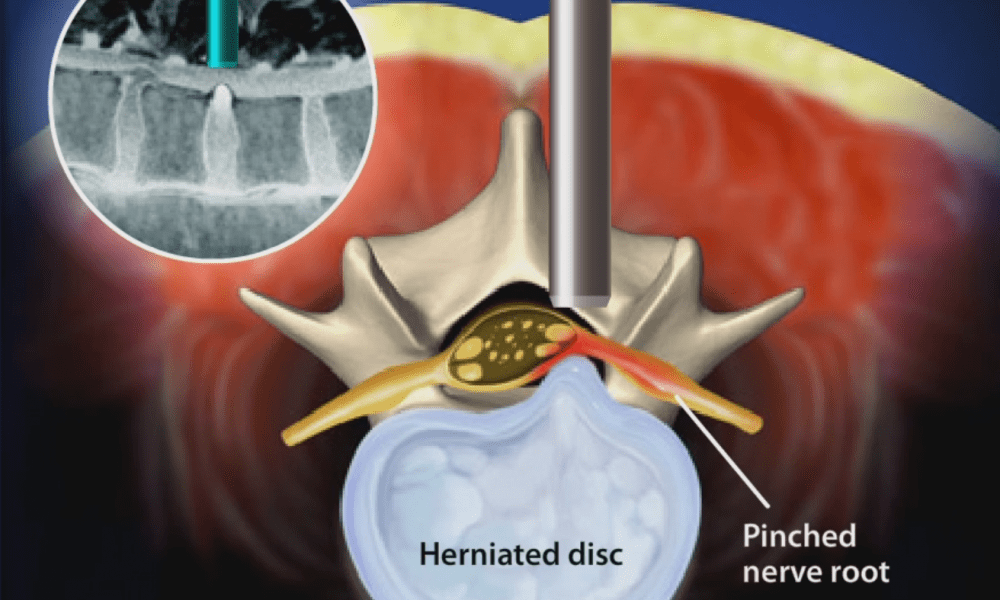Your spine consists of 33 vertebrae. Between each vertebra, there is a disc of cartilage. These discs are the shock absorbers for the spine. If injury, age, or weight strain causes one of these discs to slip out of place, it is called a herniation. Specific surgeries, such as Micro Endoscopic Discectomy, are frequently necessary to remove the exposed portion of the herniated disc.
Before Surgery
Medical clearance will be done in advance. Your doctor will ask about medications you may be taking. Any blood thinners and non-steroidal anti-inflammatory medications should not be taken for two weeks before the surgery date. At midnight of the night before, you cannot have anything to eat or drink.
The Surgery
After the anesthesiologist puts you to sleep, you will be turned to lay on your stomach and expose your back. The surgeon cleans and prepares the area of your back where the incision will be made. A fluoroscope is used to insert a needle to the bone with the problematic vertebra and disc.
This form of discectomy is a minimally invasive procedure that involves a small incision of less than one inch. The muscles along your spine at the area are moved using a set of dilator tubes that will create a tunnel to the vertebra. At this point, a guide wire is inserted through the tubing.
A small drill is then used to make a hole in the bony covering called the lamina. The surgeon will then use a microscope to locate the disc and only remove the exposed part of the disc. If you have any bone spurs, they are also removed. All instruments are then removed, and the incision is closed.
After Surgery
After you wake up, you will be able to gradually move around and go home. You will need to limit lifting, twisting, or bending for six weeks. You can shower two days after surgery. You should avoid taking baths; the incision area should not be completely submerged in water.
Micro Endoscopic Discectomy may provide pain relief from herniated discs when no other treatments have been effective. In comparison to other surgical methods, this surgery is frequently chosen because it can reduce healing time and give faster relief results; many people can return to regular activities several weeks after the procedure.
Make an Appointment today!










